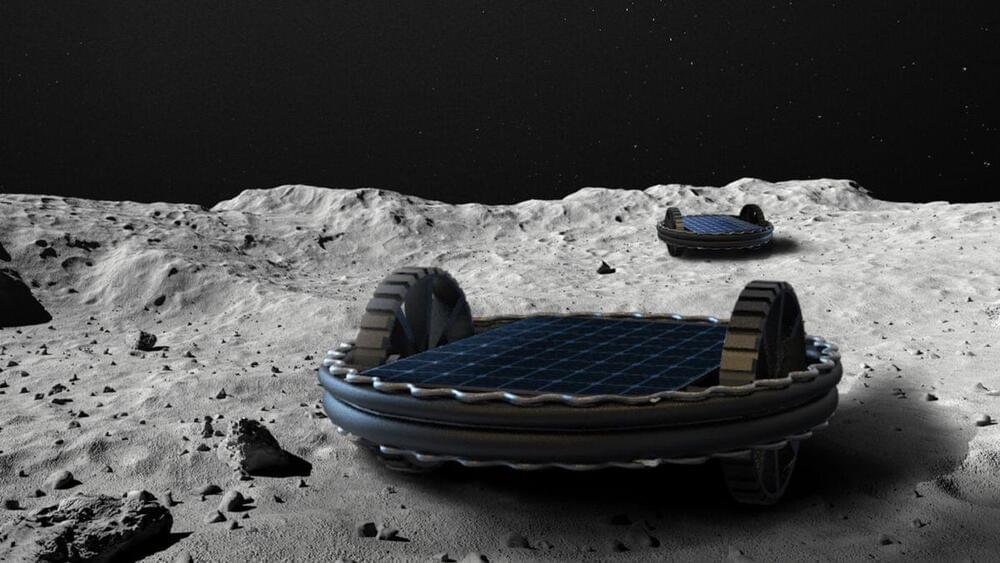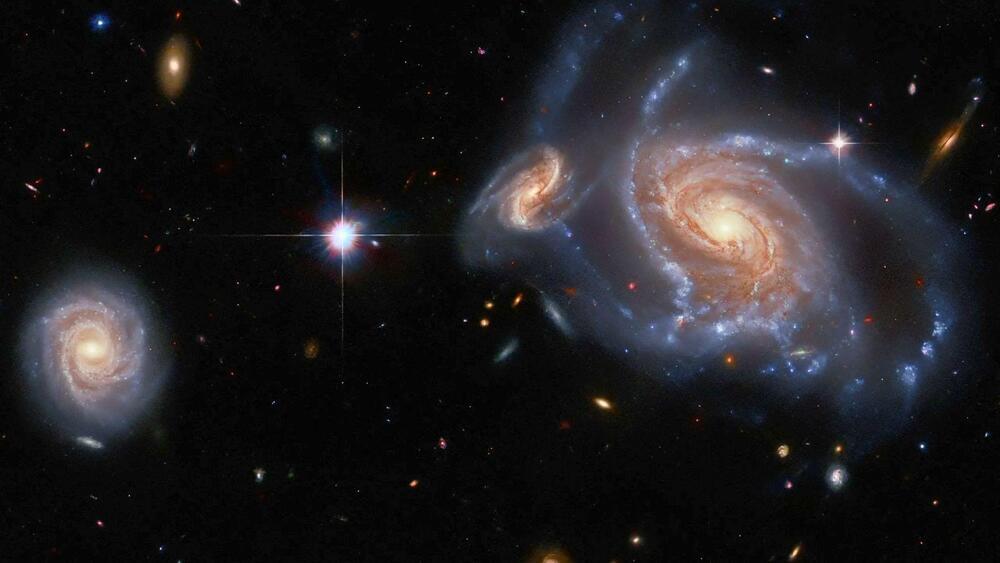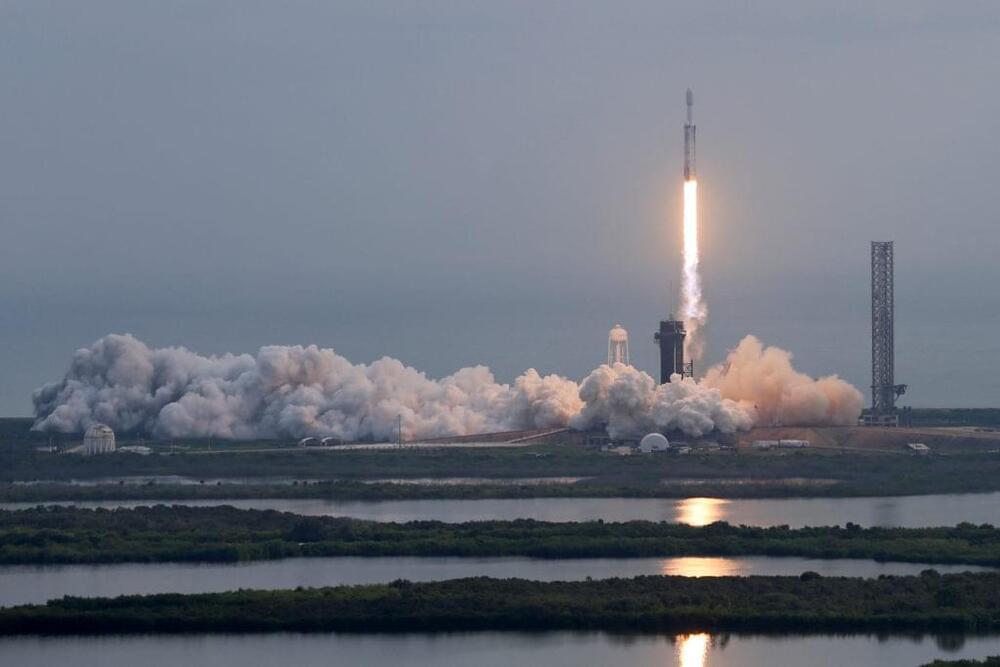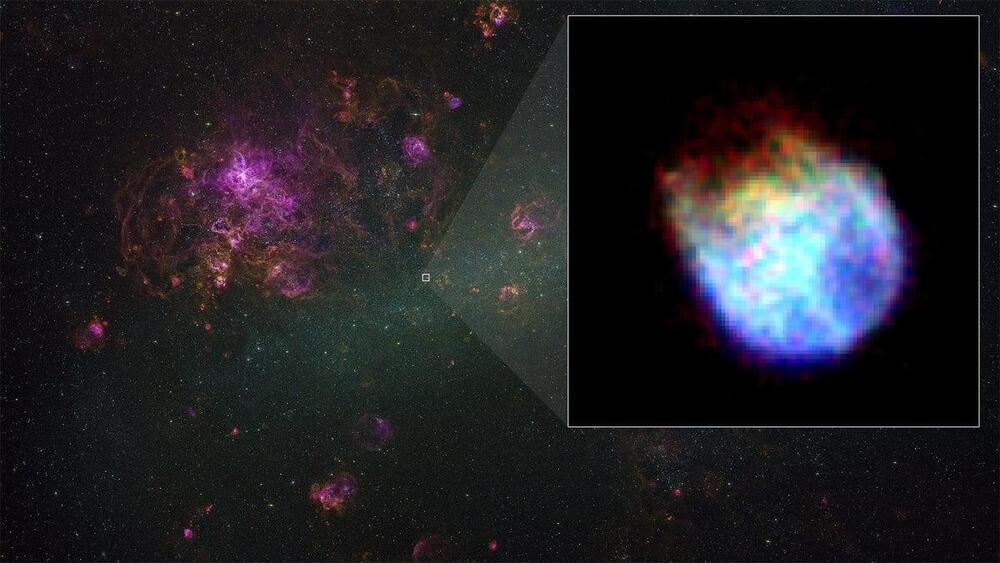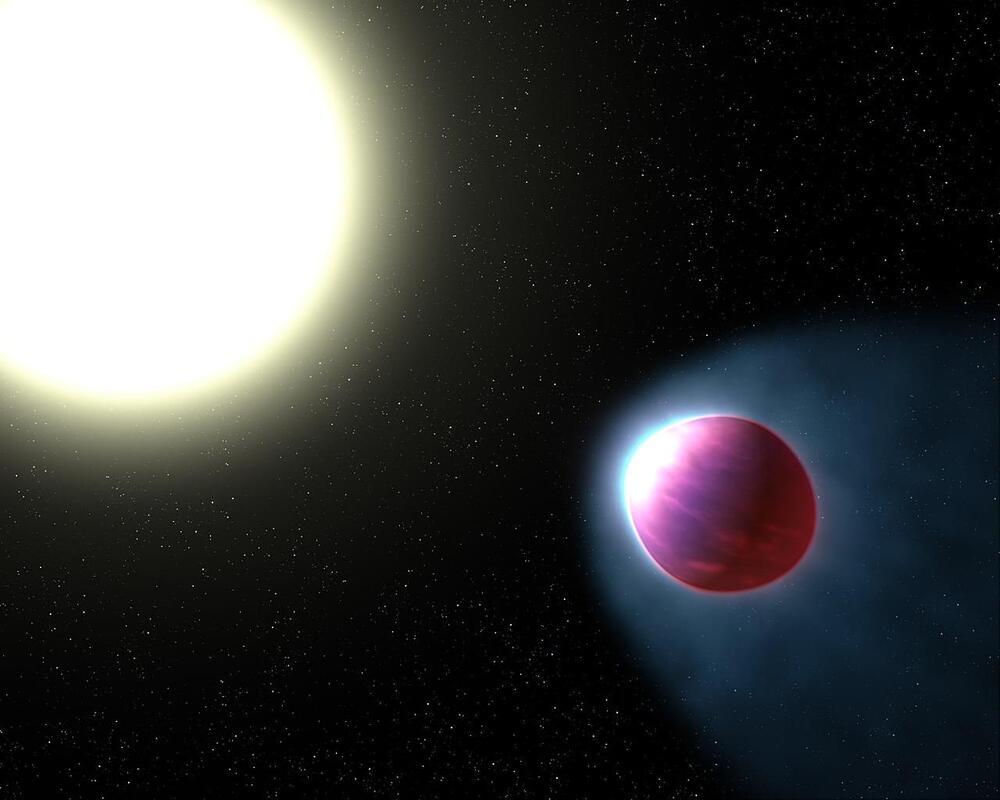Archive for the ‘space’ category: Page 100
Jan 7, 2024
Hubble Telescope offers a spectacular view of our cosmic neighborhood
Posted by Gemechu Taye in category: space
Unveil the proximity in Hubble’s cosmic snapshot showcasing the challenges of interpreting cosmic distances in two-dimensional space.
Explore the Hubble Space Telescope’s cosmic portrait, revealing proximities between galaxies and challenging perceptions of cosmic distances.
Jan 7, 2024
India’s first solar observatory successfully reaches intended orbit
Posted by Genevieve Klien in category: space
The first Indian solar observatory has successfully reached its intended orbit, the country’s Space Research Organisation announced Saturday, as India seeks to cement its status as an emerging space superpower.
The Aditya-L1 spacecraft safely arrived at Lagrange Point L1, the position in space with unobstructed views of the sun located about 1.5 million kilometers (almost a million miles) from Earth, paving the way for scientists to enhance their study of the Sun-Earth System.
Indian Prime Minister Narendra Modi applauded the “extraordinary feat” in a post on X on Saturday, adding that this “is a testament to the relentless dedication of our scientists in realizing among the most complex and intricate space missions.”
Jan 6, 2024
6 Space Missions to Look Forward to in 2024
Posted by Genevieve Klien in category: space
From the Moon’s south pole to an ice-covered ocean world, several exciting space missions are slated for launch in 2024.
Jan 6, 2024
See the First Images From Japan’s X-Ray Space Telescope
Posted by Genevieve Klien in categories: evolution, space
Test images showcase how XRISM will explore the universe’s evolution and the structure of spacetime.
Jan 6, 2024
Rocket set to release remains of 330 people, including George Washington, JFK and ‘Star Trek’ cast into space: ‘Permanent memorial’
Posted by Genevieve Klien in category: space
It’s their final frontier.
After an eight-month delay, a rocket will finally release into deep space the remains of 330 people from all walks of life — including George Washington and Star Trek creator Gene Roddenberry.
Texas-based company Celestis Inc.’s inaugural Enterprise Flight is scheduled to launch at 2:18 a.m. Monday from Cape Canaveral in Florida, marking the first time human remains will be released on the moon and beyond by a commercial company.
Jan 5, 2024
Cosmic Chemistry: Unlocking the Unexpected Secrets of Early Universe’s Star Factories
Posted by Saúl Morales Rodriguéz in categories: chemistry, space
A groundbreaking study by Chalmers University scientists reveals unprecedented molecular details in two early-universe galaxies, advancing our understanding of their star-formation activities.
Two galaxies in the early universe, which contain extremely productive star factories, have been studied by a team of scientists led by Chalmers University of Technology in Sweden. Using powerful telescopes to split the galaxies’ light into individual colors, the scientists were amazed to discover light from many different molecules – more than ever before at such distances. Studies like this could revolutionize our understanding of the lives of the most active galaxies when the universe was young, the researchers believe.
Unveiling the nature of early galaxies.
Jan 5, 2024
Breaking Astrophysical Boundaries: LST-1 Discovers Most Distant High-Energy AGN
Posted by Saúl Morales Rodriguéz in categories: energy, space
LST-1’s discovery of the distant quasar OP 313 at high energies marks a milestone in astronomy, highlighting the telescope’s advanced capabilities in exploring the farthest reaches of the universe.
On December 15, the Large-Sized Telescope (LST) Collaboration announced through an Astronomer’s Telegram (ATel) the detection of the source OP 313 at very high energies with the LST-1. Although OP 313 was known at lower energies, it had never been detected above 100 GeV, making this the LST-1’s first scientific discovery. With these results, OP 313 becomes the most distant Active Galactic Nuclei (AGN) ever detected by a Cherenkov telescope, further showcasing the LST prototype’s exceptional performance while it is being commissioned on the CTAO-North site on the island of La Palma, Spain.
The Nature and Observation of OP 313.
Jan 4, 2024
Commercial Space Companies Receive Latest Batch of Awards from NASA
Posted by Laurence Tognetti, Labroots Inc. in categories: business, robotics/AI, space
The commercial space industry recently received a boost after NASA awarded 10 small businesses up to $150,000 each as part of NASA’s Small Business Innovation Research (SBIR) Ignite program, granting each company six months to demonstrate the viability and additional standards of their mission proposals. This funding comes as part of the second round of Phase I awards and holds the potential to continue the development of the commercial space industry for the short-and long-term.
“The investments we’re able to offer through SBIR Ignite give us the ability to de-risk technologies that have a strong commercial pull, helping make them more attractive to outside investors, customers, and partners,” said Jason L. Kessler, who is the Program Executive for the NASA SBIR & Small Business Technology Transfer (STTR) Program. “We also hope it advances the sometimes-overlooked goal of all SBIR programs to increase private-sector commercialization of the innovations derived from federal research and development funding.”
The 10 companies selected for this latest round of funding include (in alphabetical order): Astral Forge LLC, Astrobotic Technology Inc., Benchmark Space Systems, Brayton Energy LLC, Channel-Logistics LLC dba Space-Eyes, GeoVisual Analytics, Lunar Resources Inc., Space Lab Technologies LLC, Space Tango, and VerdeGo Aero.
Jan 4, 2024
Astronomers Use Hubble Data and Computational Modeling to Study Exoplanet Weather
Posted by Laurence Tognetti, Labroots Inc. in categories: chemistry, computing, space
Meteorologists on Earth struggle to predict the weather, but what about scientists trying to predict the weather on exoplanets that are light-years from Earth? This is what a recently accepted study to The Astrophysical Journal Supplement hopes to unveil as an international team of researchers used data from NASA’s Hubble Space Telescope to conduct a three-year investigation into weather patterns on WASP-121 b, which is a “hot Jupiter” that orbits its star in just over one day and located approximately 880 light-years from Earth. This study holds the potential to not only advance our understanding of exoplanets and their atmospheres, but also how we study them, as well.
Artist impression of WASP-121 b orbiting its host star. (Credit: NASA, ESA, and G. Bacon (STSci))
“The assembled dataset represents a significant amount of observing time for a single planet and is currently the only consistent set of such repeated observations,” said Dr. Quentin Changeat, who is an Honorary Research Fellow in the Department of Astronomy at University College London and lead author of the study. “The information that we extracted from those observations was used to infer the chemistry, temperature, and clouds of the atmosphere of WASP-121 b at different times. This provided us with an exquisite picture of the planet changing over time.”
